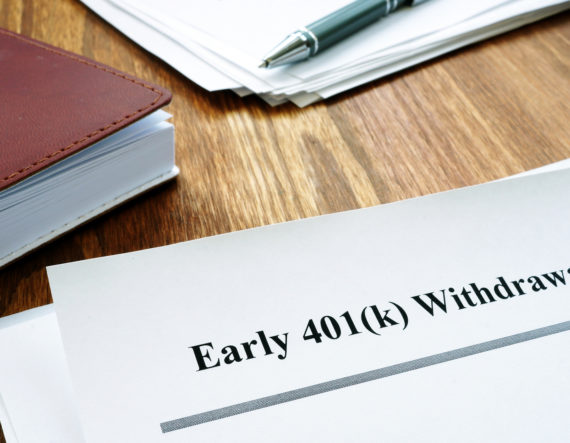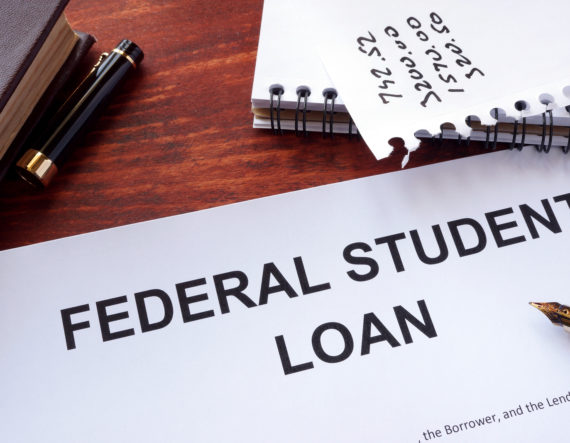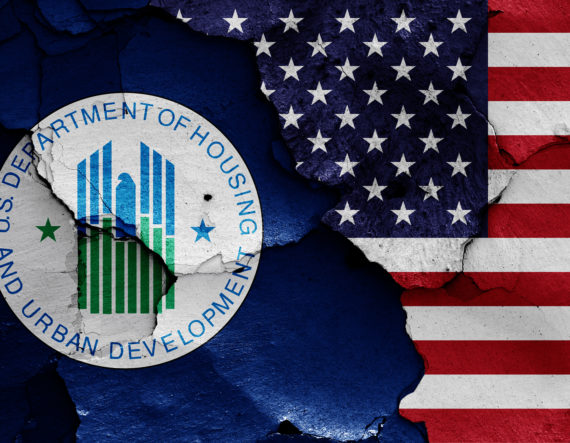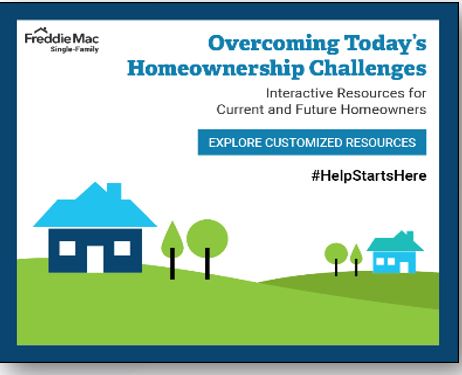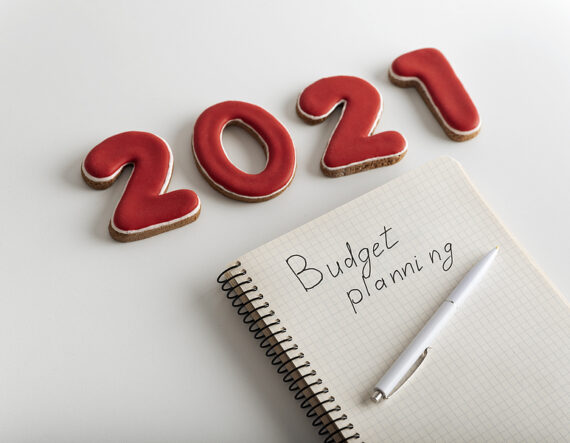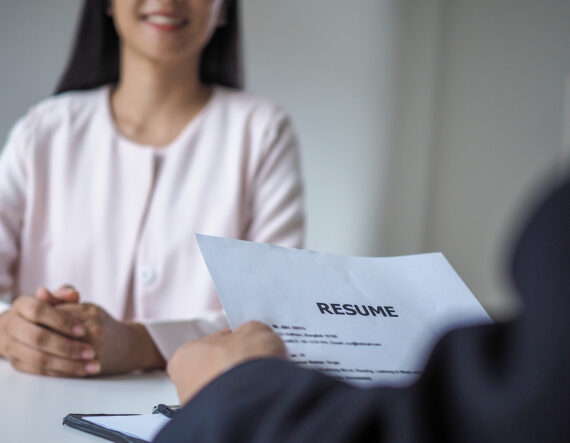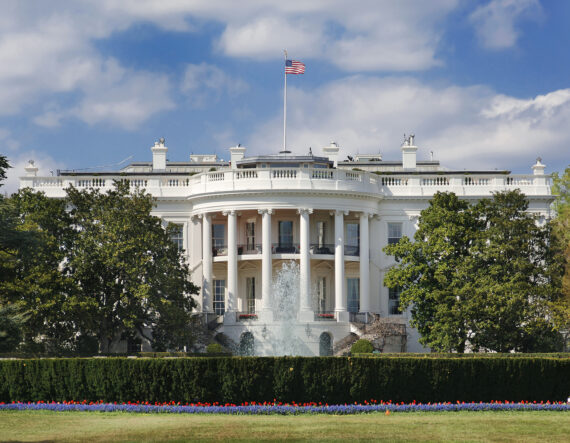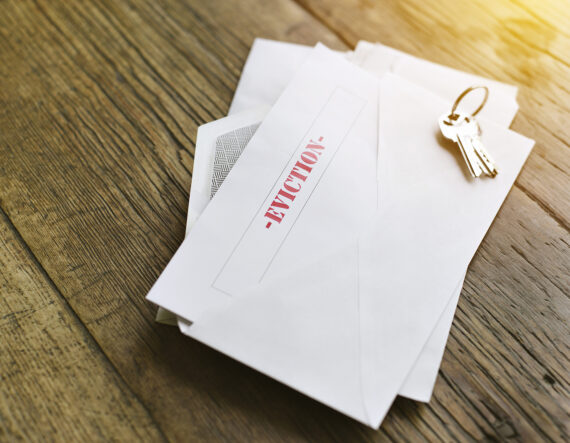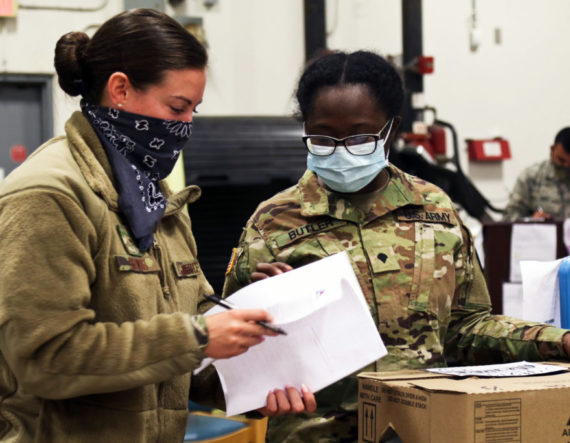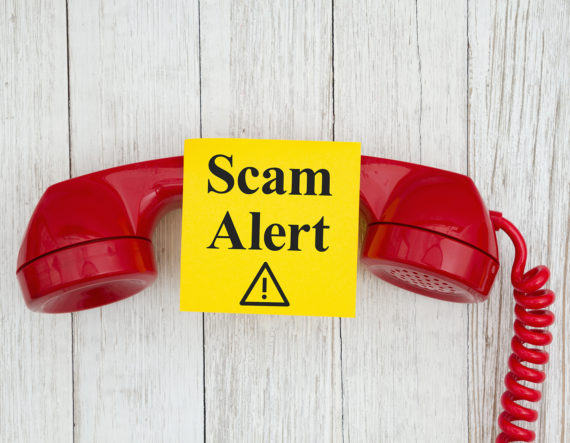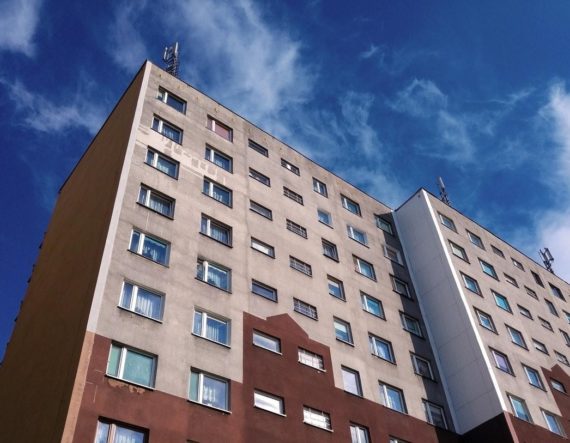
Using Your PPP Loan as a Self-Employed Worker
When the coronavirus pandemic forced businesses across the country to close, the government created the Paycheck Protection Program (PPP) to give small businesses an immediate influx of cash via forgivable loans. What you may not have known is that sole proprietors, independent contractors, and gig workers are also eligible for PPP.
Although the PPP expired in August, Congress is in talks to renew the program in the coming months. If you’re a sole proprietor, independent contractor, or gig worker who has been impacted by the pandemic, PPP may be a great option for you.
How Can You Use PPP?
Self-employed workers are subject to different rules than other small businesses when it comes to PPP. That’s because they likely have different needs and operate under different business models. In order to qualify for total loan forgiveness, you must meet a couple of criteria.
Owner Compensation Replacement
A new rule issued by the SBA allows self-employed workers to use up to 2.5 months’ worth of their loan during a 24-week period to effectively pay one’s own salary. Because the self-employed tend not to have employees, “Owner Compensation Replacement” allows you to use PPP money as a payroll source for yourself and still receive complete forgiveness on the loan.
To calculate the amount of Owner Compensation Replacement that is eligible for forgiveness, you multiply your reported net income in 2019 on your Schedule C business tax return by 2.5/12 (or 0.208). This will likely amount to your entire PPP loan assuming it did not factor in additional payroll expenses.
So, someone who reported a business net income of $50,000 in 2019 would be eligible to receive a fully forgivable $10,400 loan over an eight-week period. After that, any additional PPP funds you receive will need to be spent on business expenses in order to be forgiven.
Self-employed individuals with multiple businesses are capped at $20,833 in owner compensation.
For independent contractors and gig economy workers, upon approval, eight weeks of PPP funding will be automatically forgiven as a salary replacement.
Other Business Expenses
Outside of Owner Compensation Replacement, there are stricter requirements for self-employed PPP recipients to qualify for forgiveness. The categories that are eligible for loan forgiveness are:
Rent on office space and equipment.
Business utilities like gas, water, cable, software and Internet.
Mortgage interest for pre-pandemic business property mortgages.
Required business services that support the production of your product or services.
Note that you cannot use PPP funds to pay for benefits like health insurance premiums or retirement benefits. Also, you cannot pay contract workers with your PPP funds; you may only use them to pay W-2 employees. However, you may choose to allocate your Owner Compensation Replacement funds to contractors, as the IRS does not dictate how to use income with this classification.
Applying for PPP Forgiveness
To apply for PPP loan forgiveness, self-employed individuals can use the simplified Form 3508EZ. As long as you don’t have employees on payroll, this form applies to you. If you do have payroll expenses, you can use the standard Form 3508.
When you apply, you’ll need to submit a Schedule C from your 2019 tax return showing the income and expenses from your sole proprietorship. You’ll also need a 2019 IRS Form 1099-MISC detailing all non-employee compensation, invoices, bank statements, or a book of record that proves you’re self-employed.
Typically, lenders will take up to 60 days to make an assessment on loan forgiveness.
If you don’t seek forgiveness, you can alternatively choose to carry the loan balance at 1% interest for two to five years. That interest rate would likely be the lowest you could get on the open market by a wide margin. Although PPP loans were always intended to be forgiven, and you may not prefer to pay interest on a loan, the option is there if for some reason you can’t qualify for loan forgiveness. It’s still better than applying for an ordinary SBA or bank loan.
The Bottom Line
You don’t need employees to qualify for loan forgiveness under the Paycheck Protection Program. The PPP has specific rules for self-employed workers, independent contractors, and gig workers that allow them to reclaim salary lost due to the pandemic. But in order to receive full loan forgiveness, you must meet a couple of requirements. Now, you should know how to take full advantage if PPP continues in the future.
About the Author: Sally Lauckner is the editor-in-chief at Fundera, a marketplace for small business financial solutions. With over a decade of experience in print and online journalism, Sally has written and edited extensively on small business and personal finance. Sally has a master’s degree in journalism from New York University and a bachelor’s degree in English and history from Columbia University.
The post Using Your PPP Loan as a Self-Employed Worker appeared first on NFCC.
Read more: nfcc.org

